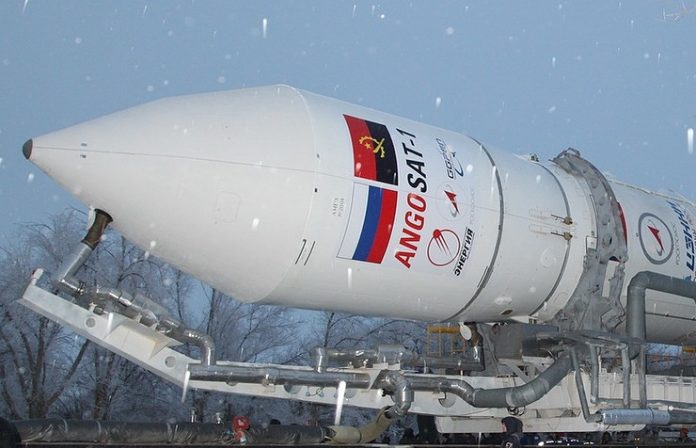Angola is finding out the hard way that all that glitters is not gold. When the country launched its first national telecoms satellite, Angosat-1, last December, there was great fanfare. The facility was expected to work for at least 15 years. The Russian-made Angosat-1 struggled with repeated setbacks immediately after its launch from the Baikonur space centre in Kazakhstan.
Despite many attempts, the scientists could not establish contact with the satellite which presumably remained in orbit from December 26 to 30, last year. Now, the thing has died a natural death. A representative of manufacturer Energia RSC, Igor Frolov, told newsmen in Luanda, that the satellite has run into grave difficulty.
But the Angolan Telecommunications Minister, Jose Carvalho da Rocha, is not downcast. He immediately announced that the satellite would be replaced by a successor, Angosat-2, under a new agreement with Russia. “Building will begin at once at no cost to Angola… it will have more capacity and be more sophisticated than its predecessor,” da Rocha said, enthusing that it would be finished in 18 months.
The Angosat project, which was founded by Russia and Angola in 2009, had its control centre in a suburb of the Angolan capital, Luanda. Angosat-1 was envisaged to improve satellite communication, internet access and broadcasting of radio and television programs across Africa. But it was not to be.
Angola is a large oil-producing country and can boast of hefty revenue from its oil reserves. The government can easily replace the lost satellite. However, in terms of basic necessities of life, the generality of the people are wallowing in abject poverty.


















